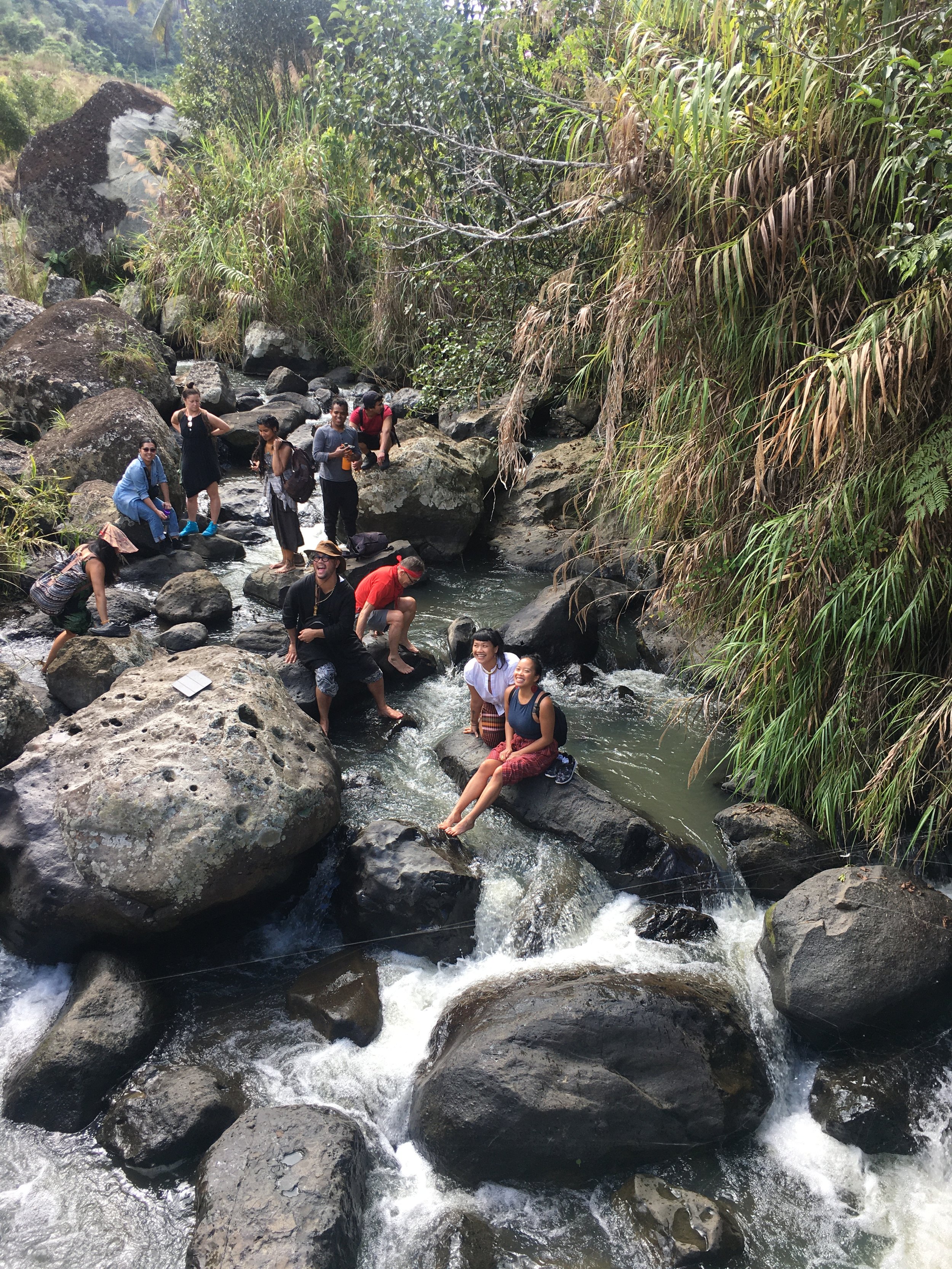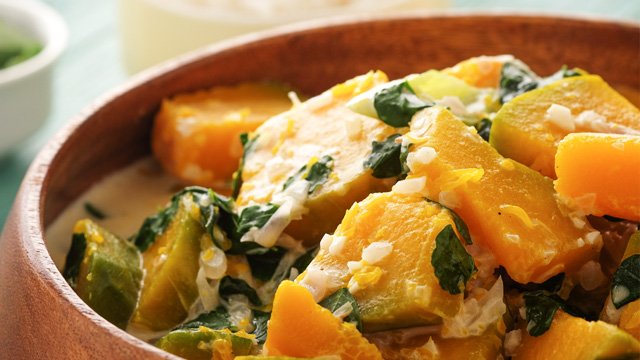Herbal Allies: Malunggay
By Aimee Amparo
In the context of herbal medicine, An adaptogen is defined as a natural substance considered to help the body adapt to stress and to exert a normalizing effect upon bodily processes. My experience with different adaptogens is that they are regulators. They support the body’s stabilization of itself and aids in reaching a place of homeostasis if difficulties like stressors, illness, or traumas impede in that regulation.
Within our communities, we alone do not exist to our greatest capacities because we are so much more potent and dynamic with support from each other. Adaptogens teach us that we live in an interconnected web and we each bear responsibility to move with care and consideration within that web.
Tribu Tur 2020, Ifugao
Taking care of our health and wellbeing is one responsibility we all share because it allows us to better listen, think, and act for our highest good and equally for the greater community good. Adaptogens are general well-being herbs that usually aid with immunity and are also able to function upon what your body may be needing at any given moment. Flexibility is key during these times as we endeavor to move gracefully through big change.
There are many useful adaptogens that have worked effectively for me like Reishi and Ashwagandha as tea or broth or in powder form to supplement smoothies. But my favorite delivery method for medicine is through cooking and because of this I decided to highlight another one of my strong ancestral plants. For the third piece in the herbal series I will be featuring an incredible adaptogen: Malunggay
My parents would buy malunggay when I was younger when it was fresh or frozen at Seafood City (In the Bay Area you can find it in Asian Markets). It wasn’t until I reached young adulthood that my dad started growing it in the yard where they live in San Diego. The tropical plants he was at first reluctant to try to grow steadily flourished and he was able to cultivate banana, papaya, calamansi, pitaya, and malunggay amongst many others.
My first experiences with the fresh plant were thrilling. The flavor was familiar but right off of the tree, you could sense the vital life within the plant. The light velvety texture surprises your tongue with a verdant green and biting spice all held within a tiny delicate leaf.
I thank malunggay for the abundant knowledge it carries. Sometimes considered a “decorative” or “humble” addition to dishes, I had to grow in my understanding of its power and the support that it gives.
Packed with nutrients like antioxidants, amino acids, vitamins, and minerals, essential amino acids, and oleic acid, and anti-inflammatory compounds, malunggay has been used for centuries as a folk remedy for a wide variety of ailments in tropical and sub-tropical places like India, Asia and Africa. I look to malunggay for general support and dis-ease prevention when I can get my hands on the plant. Steeped in a tea, it is strong and gentle medicine and can be used as desired.
Some enjoy the powdered form but if you can find it fresh or frozen, I suggest a hot preparation of Ginataang Malunggay to warm you. Here is my own vegetarian recipe:
GINATAANG MALUNGGAY
1 cup Malunggay leaves (fresh or frozen)
1 cup Kale, roughly chopped
1 kabocha squash, peeled and roughly chopped
1 green pepper stemmed, seeded, and halved lengthwise
4 cloves Garlic, minced
1 Shallot, minced
1/2 onion, minced
1 tablespoon Ginger, minced
1 bay leaf
2 tablespoon soy sauce or coconut aminos
3 cups broth (veggie or chicken)
1 can coconut cream
1 tablespoon coconut oil
Sautee the garlic, shallot, onion, and ginger in coconut oil until translucent
Add the soy sauce/ coconut aminos for a quick reduction and then add the broth and bay leaf
Add squash and let simmer on medium heat until sweet potatoes can be punctured with a fork
When sweet potatoes are soft, add the pepper and kale simmer for 5 minutes
Add coconut cream, simmer for 5 minutes
Finally, add malunggay and stir. Let simmer for 3 minutes and serve.
Aimee Amparo, Project Coordinator for KULARTS and Lead Medicine Maker at Scarlet Sage Apothecary has studied plant medicine from an ancestral perspective since 2010, with emphasis in Holistic Health and Massage.
She has attended two TribuTurs with KULARTS and recently completed the Ancestral Medicine Program at Native Roots School in Taos, New Mexico.
She resides in the Mission District of San Francisco and works to deepen her relationship to plants and ancestral medicine and the role that this plays in strengthening community.






